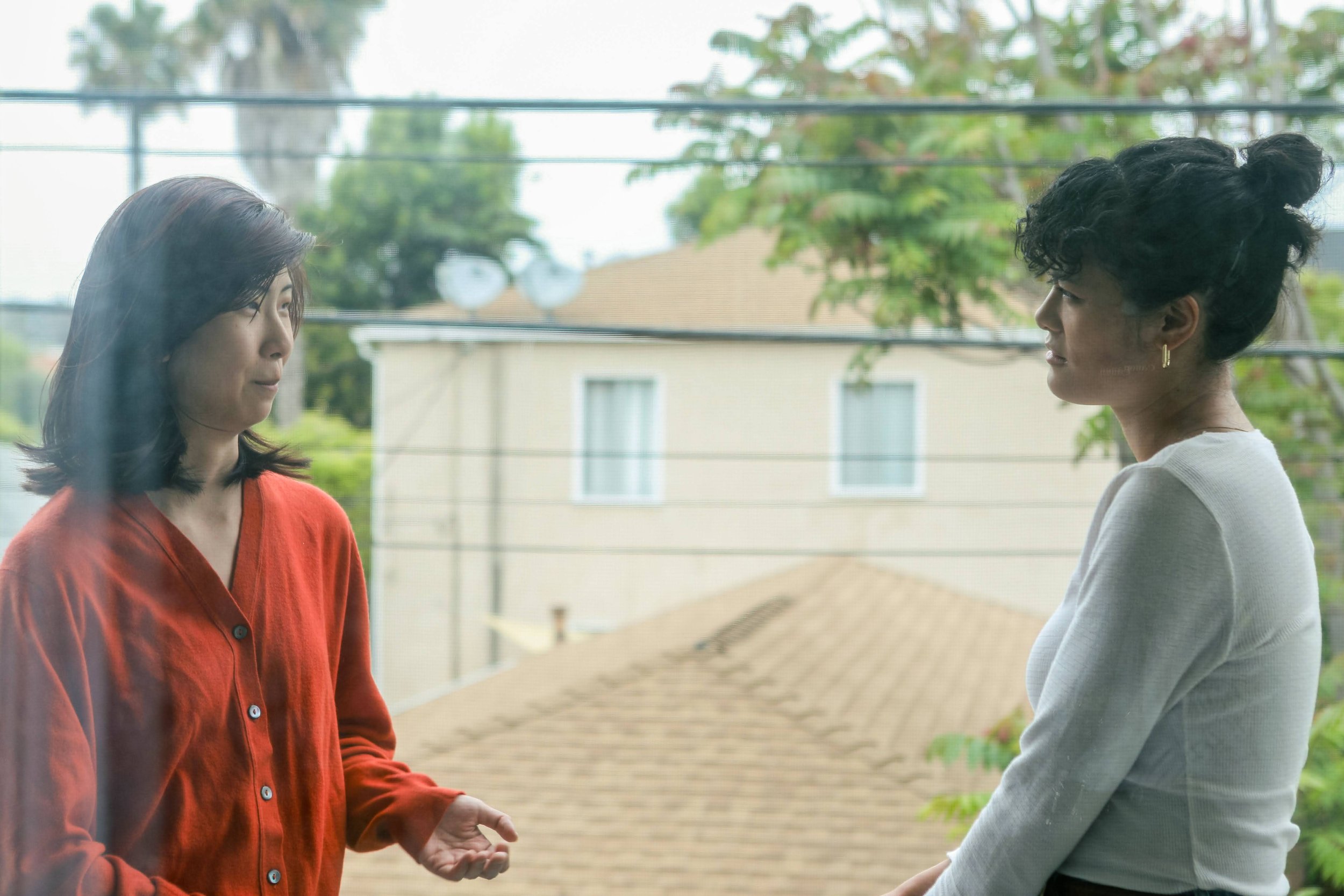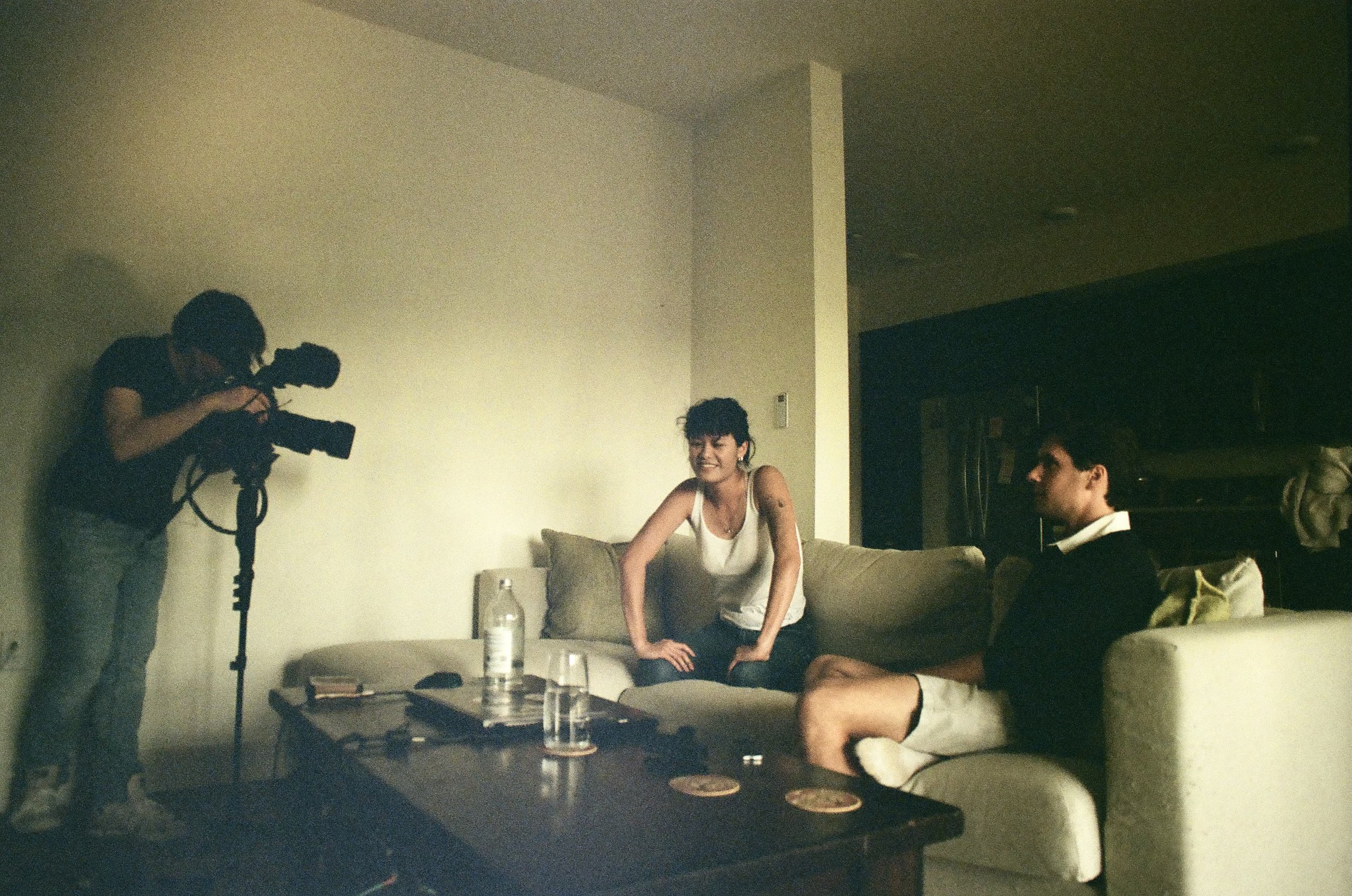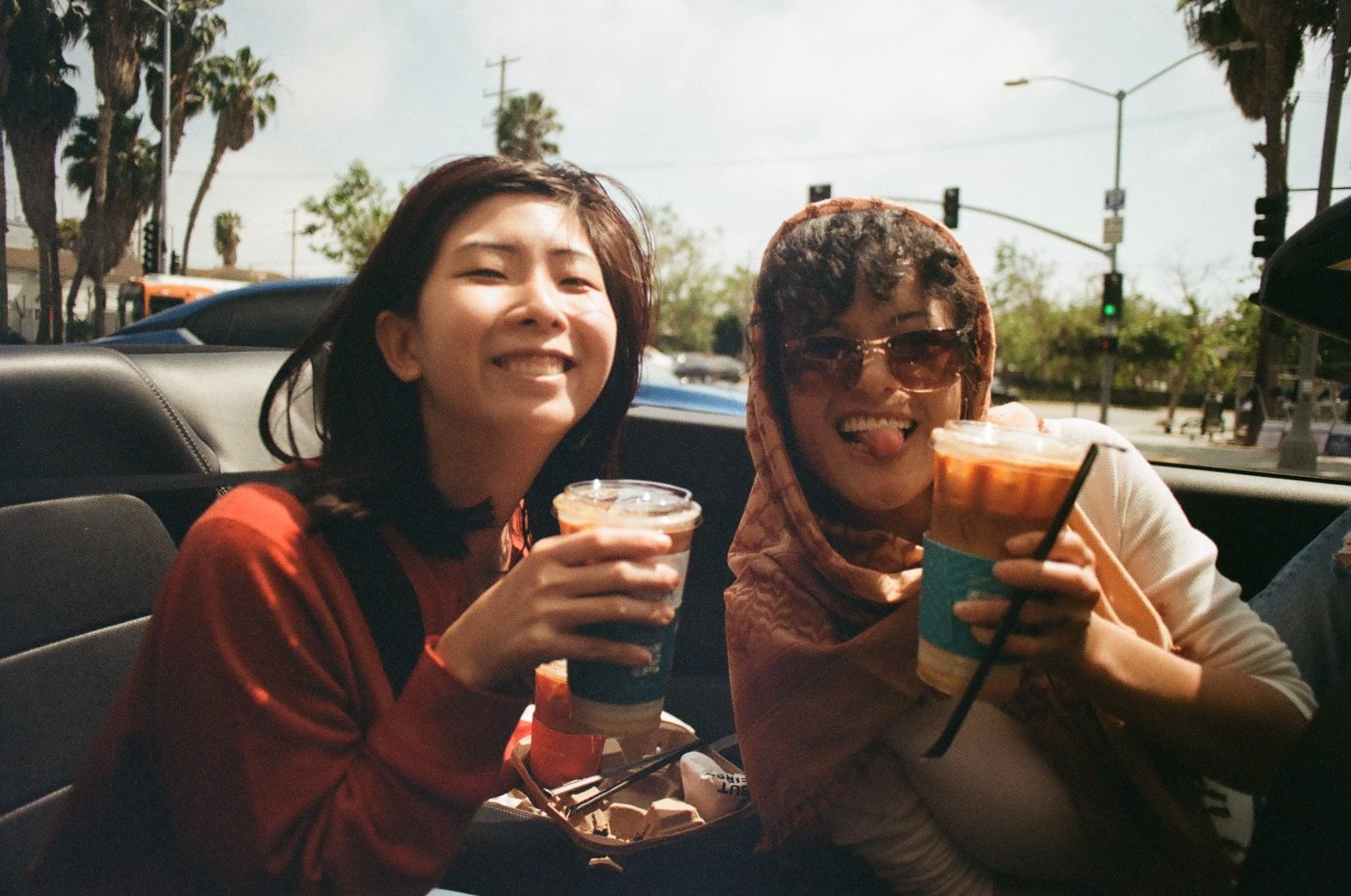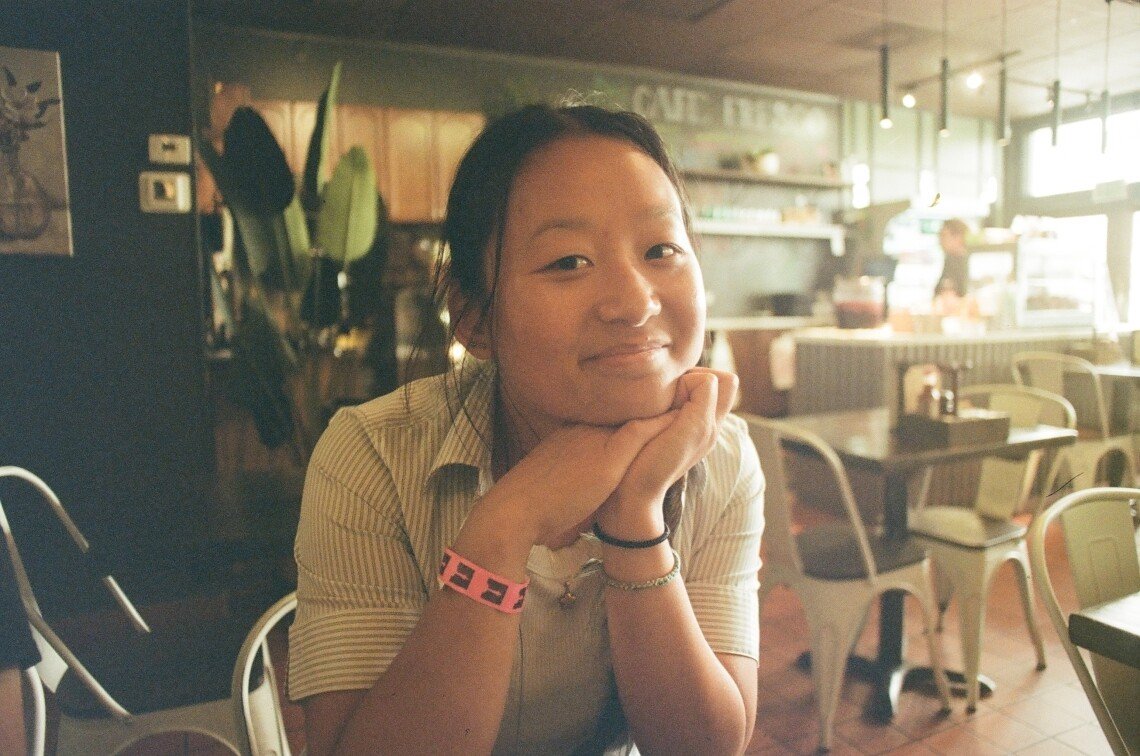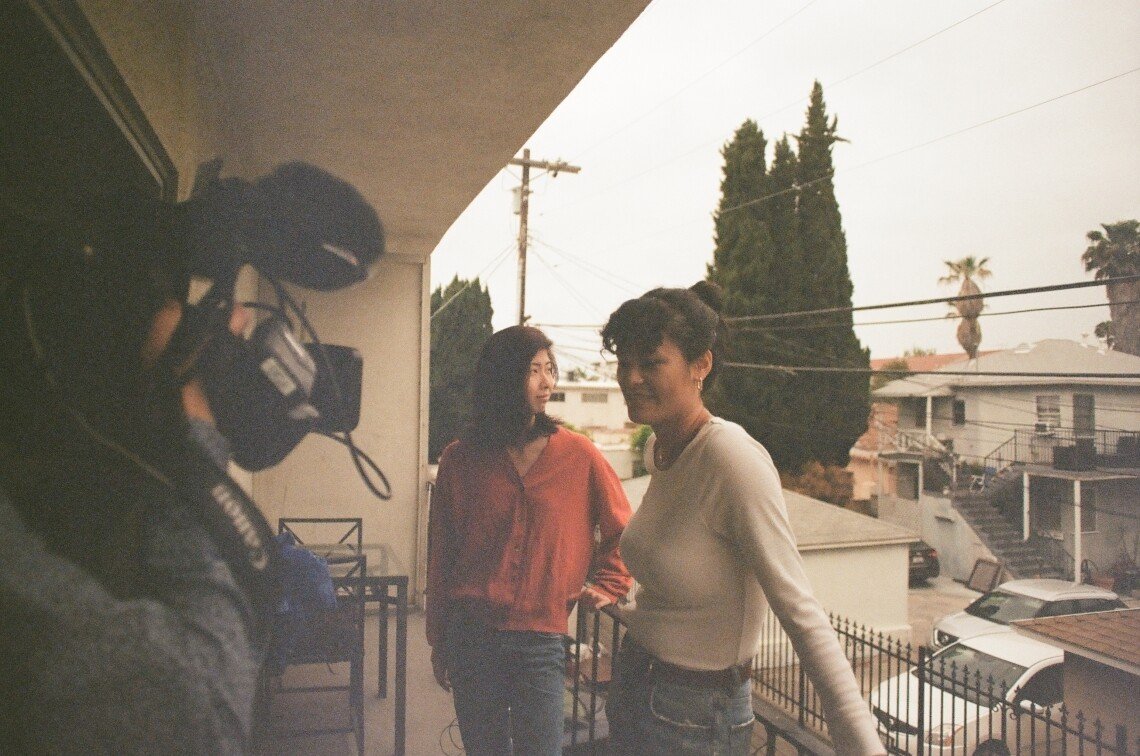
"What truly makes us, us?"
"What truly makes us, us?"
"How much does our native land define who we are suppose to be today?"
"How much does our native land define who we are suppose to be today?"
"How do we grapple with being in between two worlds?"
"How do we grapple with being in between two worlds?"
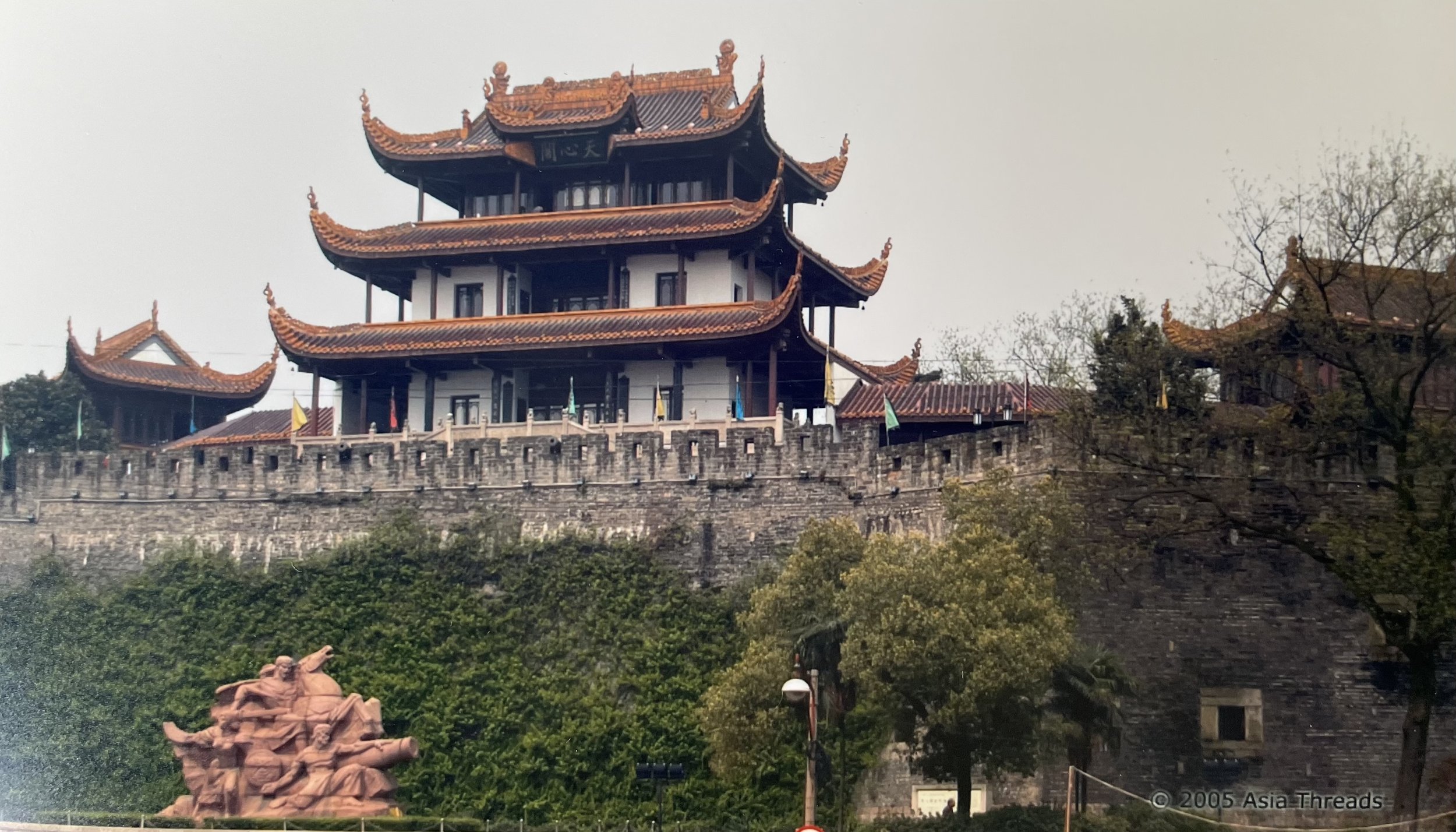
Help us get to China!
‘Finding Xiao’ is still accepting sponsorships.
Email ricepicturefilms@gmail.com for more information.
What really makes us, us?
In the documentary "Finding Xiao", we delve into Xiao's complex identity as a Chinese adoptee living in America. Together with other adoptees, Sam Oberg, Blaine McIndoe, and Laura X. Williams, this film showcases the multifaceted challenges faced by adult adoptees, including mental health issues, as they work towards finding healing and reconciling with themselves.
FINDING XIAO
FINDING XIAO
“Finding Xiao” follows Xiao on the journey of reconciling with herself and her identity as a Chinese American adoptee who has struggled her entire life with one question:
“What makes us, us?”
Xiao embarks on this healing path by reflecting on her hard, long-winding, and dark memories with mental health issues when she started to understand what adoption truly means. And the truth was much darker than what Xiao has always envisioned as a fairytale. This realization sent her into a spiral in 2020, being hospitalized for mental illness two times in one year with one failed suicide attempt. But, being in the deep end did not mean there was no way out.
Over the next few years, Xiao did, and is still doing the hard work to reconcile with her identity. In the documentary, she first speaks to her adoptive parents about the complicated nature of love, racial differences, adoption and identity with unfiltered rawness. Simultaneously, Xiao reaches out to adoptees around the US through Facebook groups to hear their stories and figure out how they have come to terms with it, if they have. This story beckons the question of what makes us truly us, is it the place we’re from or the place we are now?
Directors Statement
I was always with a camera, whether being on it through my dad’s lens or behind it. Growing up, home VHS was the most common camera people had, and my family had a video camera that recorded onto physical tape. We didn’t have the funds to get the most tech-savvy cameras, but when I could get my hands on a camera I would.
Over time, we moved onto a Kodak digital camera that could take up to 15 minutes of video on it, which I took full advantage of and made a show called “Wizard Sisters” with my sister. I would cut together the same shot; each has an open object moving from one frame to another to create movie magic. Acting bored my sister out some time, so I would move onto creating stop-motion stories with my dolls. I was never tired of the storytelling medium that cameras added.
As I grew up, I would live much of my teenage years watching Youtube and I learned how creators can be both personal and creative on and behind cameras. I wanted to pursue this balance so I decided to go to college for Journalism with a minor in Documentary Production. At this time, it felt like a safe option to pursue a world close to film and entertainment. Undeniably, my education enabled me to make film shorts, news videos, and documentaries throughout college.
One of my most memorable projects after graduating was working as a news photographer and art director on a music video collaborating with an old colleague. The music video got into a National Youth Film Festival for Talented Youth in Seattle.
And before I knew it, I was in Seattle learning about the hands-on aspect of this market and what success felt like in the film industry. Growing up in the Midwest, such an opportunity to connect with people who have succeeded in this industry is so rare. Therefore, being able to share my artistic visions of the music video with successful professionals in the film space only further fueled my passion.
‘Finding Xiao’ was always a story I wanted it tell even as a child. I felt very alone in being a person of color in the small Michigan city I grew up in, and being adopted only made it more difficult for me to fully connect with my peers. I was always different and not in the way people wanted to be different.
I found difficulties with not being Asian enough, not being white enough, not being girl enough, and no one I knew had been through life with the intersectionality of identities that I was carrying in my day-to-day. So, because of that I had to figure it out on my own. Which was not easy by any means and left me in the darkest place of my life in the heat of 2020.
All of that being said, I made it out of that darkness four years later and want to spread awareness on the loneliness intersectionality can bring to adoptees, people who are biracial or any who is struggling with their identity. Because I truly believe if I had had this example in my life in the past, it would have saved my life.
The One- Child Policy
In 1979, the Chinese government initiated the One-Child Policy to curb its population crisis. Many Chinese parents would be forced to abandon their infants in fear of unwanted sterilization and loss of property. These orphans were predominantly female, due to China’s strict value on men to continue the lineage. This is how Xiao was presumed to be abandoned and then brought to the orphanage, although the truth remains unknown.

